Friday May 5, 2023

Today we are going to walk uphill to the Sanctuary of the Madonna di San Luca. We were going to go with Dave and Gwen but Gwen texted Carol this morning saying Daves foot is bothering him and they are just sitting down for coffee and breakfast so we should go without them. So on our own again we shall be. I really have not mentioned the Porticoes in Bologna so here goes. Portico is the Italian word for a covered walkway supported by columns along the side of a street. The plural is Portici but for all you English speakers, it is porticoes. The porticoes in Bologna started in medieval times when they were built to provide covered walking paths for the wealthy to go to the markets and businesses. They started out as wooden timber designs which were replaced with stone and marble. The richer the neighborhood, the greater the porticoes. There are over 15 miles of porticoes in Bologna and we have already walked under a fair share of them. So why do I mention these porticoes now? Well, because today we are walking under the longest portico in the city.
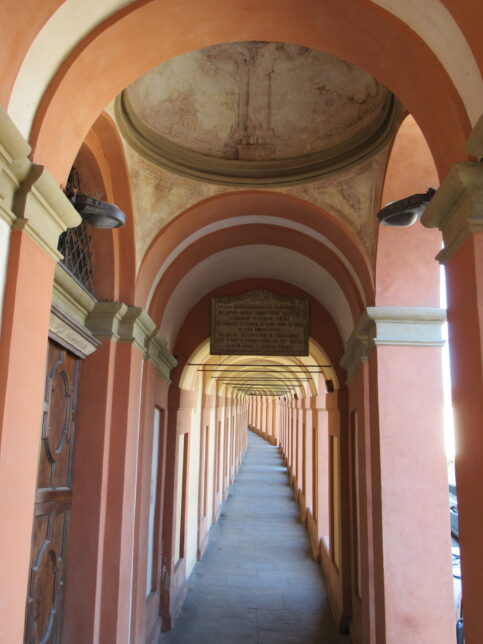
The Portico di San Luca was built to connect the city center with the Sanctuary of the Madonna di San Luca. The portico measures 2.4 miles to San Luca which is one of the city’s icons. When the church became a sacred place, stairs were built from the Saragozza Gate in town up to the church. The stairs were eventually replace with a portico (it still contains plenty of stairs, trust us!!). The Portico di San Luca took 200 years to build and has an elevation gain of 705 feet. There are 666 arches along the route which has caused speculation as to the devilish significance it may have. The snake like shape of the portico with its twists and turns inspired the idea that it represents a serpent being crushed by the Virgin Mary. Along the way there are 15 shrines telling the story of Christ or more specifically the 15 mysteries of the rosary. There will be more on why this portico was built and the church in just a little bit.

Our journey starts just a short walk from our apartment when we reach the Saragozza Gate. The Portico begins here and is basically flat for a while until it reaches the Arco del Meloncello. This flat walk is not marked in any way but seems like it would have to be the right path so we continue along it. There are shops, cafes, and restaurants along the way and a road right alongside us. After close to a mile the steps begin and we start our climb uphill. All that flat just means that the elevation gain is over a shorter span and thus is steeper than it would be otherwise. Another Italian stairmaster awaits and we are not sure if this will be worse than the 1000 steps up and down the Asinelli Tower two days ago. We stop at the 15 shrines along the way to admire the frescos and stories but really as an excuse to stop and rest. As we climb, the views of the city get better but unfortunately right now there is a bit of a haze in the air. Finally, after over an hour of walking we reach a sign that says Welcome, we are glad you did not have a heart attack, to the Santuario San Luca. OK, maybe it just says welcome. We pause before going into the church to catch our breath, admiring the surrounding hills which are not as hazy as the city side.

Here is the rest of the story of the Sanctuary. The history begins with a painting of the Virgin Mary which is thought to have been painted by St Luke. The painting was brought to Bologna by a hermit who entrusted it to a noblewoman. The woman used a small piece of land on a hill outside of town to build a small church as a sanctuary for the painting. People across the city came to the church to pray and money was donated to the woman in order to build a larger church. Over time, the church became even more sacred as it was used to honor the Blessed Virgin which circles us back as to why the stairs were built. So why build such a long portico? It was built specifically to safely carry the sacred painting from the church into the city. Over five hundred years later, the church still holds the relic that honors the Blessed Virgin. The tradition of carrying the painting to town is still held to this day every April. So now you have the whole story.

We enter the very beautiful church and see the painting reliquary by the altar. the reliquary is covered in gold, silver, and jewels with the face of the Madonna and Jesus from the painting showing through. We enjoyed the visit and the walk up especially with the interesting history attached. Now all we have to do is climb back down to the city. As we are going down, we encounter Dave and Gwen going up. There are also quite a bit more people heading up which is why we like to do these things early in the morning. We chat for a bit and then we go in opposite directions. Very shortly after leaving Dave and Gwen, I feel something pull in my right leg. I have always been prone to cramps and that is my first thought. They usually work themselves out, but this does not feel the same and persists as I hobble the rest of the way down. Near the bottom I stop to rub it but it does not help. There is nothing to do but keep walking and hope it improves. Along the way, we pick up a couple of small calzones for lunch and some pastries for dessert later. We stop back at our apartment to eat before heading back to the central part of town.

Back in town, we go to see the anatomical theatre which is a room in the University that they used to teach anatomy in by dissecting cadavers. We thought it was part of our museum pass but it is not so we decide it is not worth the money for us and we head to the Pinocoteca National Art Museum instead. But first a a short snippet on the University. Bologna is home to the oldest University on the western world, founded in 1088. The anatomical room was first used in the 15th century and was the first learning classroom theatre of its kind. There was even a spy hole in the wall so the church could keep tabs on the classes making sure nothing too progressive was being taught. Before we leave we admire an interesting part of the University hall. It is covered in coats of arms which constitute the largest existing heraldic wall complex. The coats of arms had to strengthen the idea of authority and power of the institution. Just as in the galleries of the noble palaces the paintings celebrated the pomp of the family, so in the University the heraldic decoration concurred to emphasize the history and the prestige of the academic tradition. From the construction of the building up to the end of the eighteenth century, the inscriptions, the memorials of the masters of the Studio and the students’ coats of arms were affixed. Some 6,000 coats of arms commemorate past students, alongside memorials to illustrious teachers, noble patrons, and church affiliations.
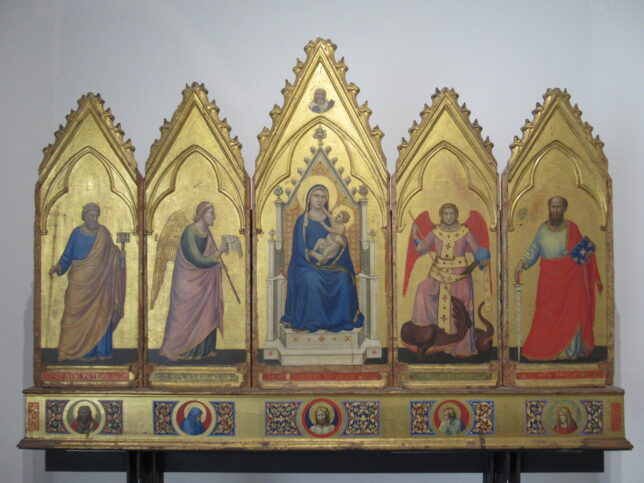
At our next stop the National Art Museum, we start again in the 1300s. There are some nice religious art by Simone di Filipino including a portrait of Pope Urban V from 1375. A nice triptych by a local Bolognese artist named Lippo di Dalmasio features three patron Saints of Bologna, Ambrose, Peter, and Petronius. There is a polyptych painted by Giotto which was intended for the avatar of the Magna Chapel of the Apostolic Palace which was built at Porta Galliera while trying to bring Pope John XXII to Bologna from Avignon. The palace was destroyed by angry mobs in 1334 destroying other Giotto frescoes there. This piece was moved to save it and later put in the Santa Maria degli Angeli in Bologna. It is one of only three signed pieces by the artist and the signature is in gold letters on the thrones step beneath the Madonna and Child. There is another painting of Dante’s inferno entitled Heaven and Hell which we also saw in the Chapel of the Magi in the Basilica of San Petronius. There is an interesting display about sinopias which were found under frescoes that were detached from a church. A sinopia was the predatory drawing the artists used during the design phase of the fresco, tracing the contours of the composition into the first layer of plaster. This museum is very cool and definitely a step up in the quality of the artwork displayed verse the civic art museum.

Later in our strolling, we come across the Basilica of San Dominica. It is a beautiful church that contains a wooden crucifix from 1250 by Giunta Pisano. From there we head to the apartment and later meet Dave and Gwen to go back to Al Sangiovese for dinner. It is another wonderful meal and I show the owner where my Grandfather came from in Calabria. The reason I do this is when we came here two nights ago and I made reservations for tonight, I gave him my name. When I did, he said his name was Zirilli, very close to Zerilli and he was from Calabria. My grandfather Zerilli was from Sicily not Calabria but my moms father was from a small town in Calabria which he did not know. That is why I showed him and then he showed me where he was from. Just one letter off from perhaps being cousins. It was another great meal and we returned home very satisfied with our day and evening.
Expenses Lunch and Pastries from Neri Nadia 9E Wine and Aperitivo at Sorriso Sas 8E Dinner and Wine at Al Sangiovese 73E Charming and Cosy Apartment 109.40E Walked 12.4 Miles




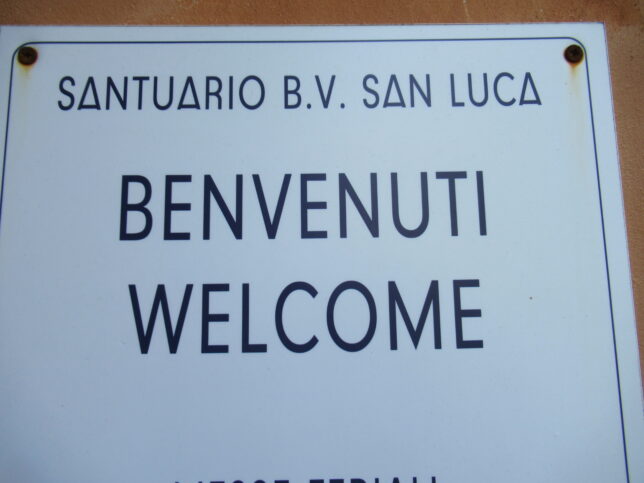

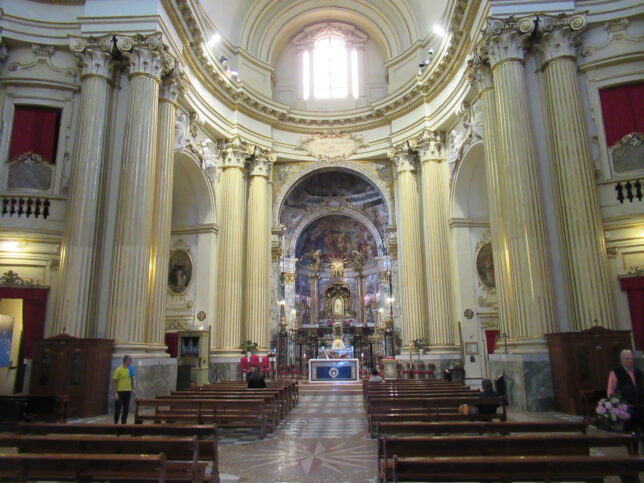
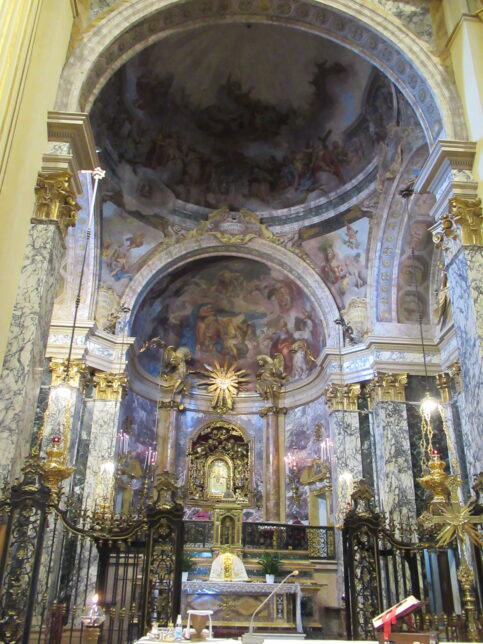
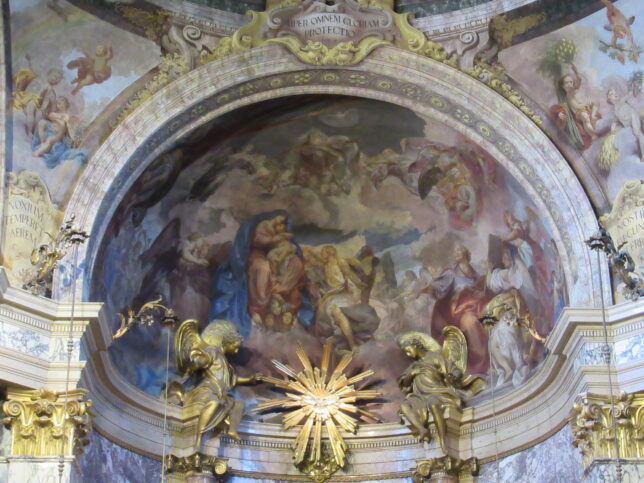













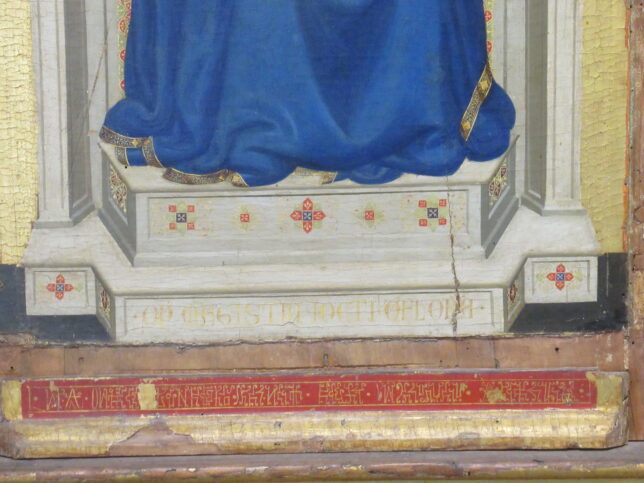



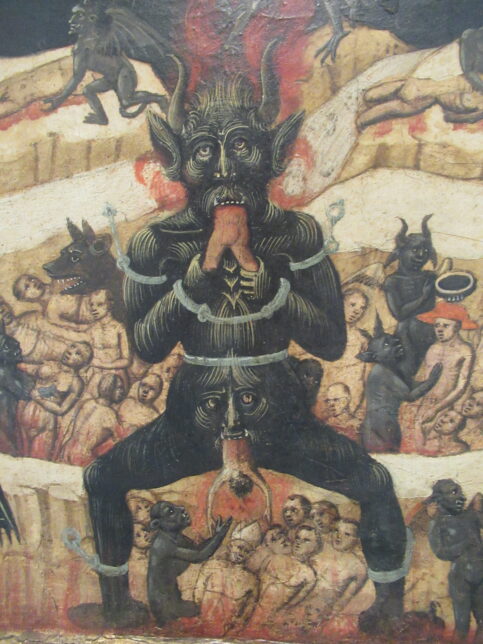



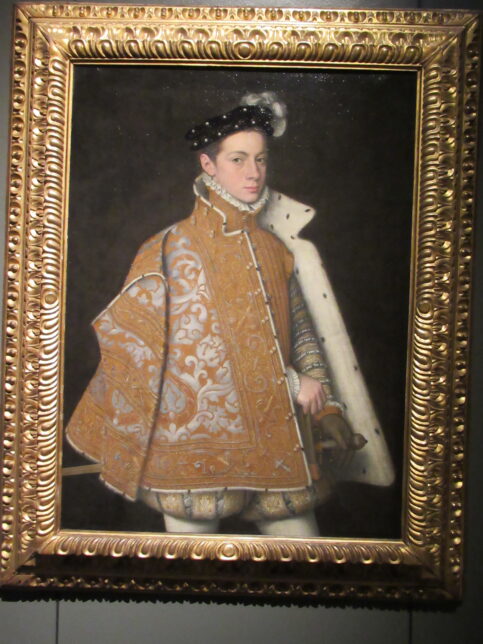

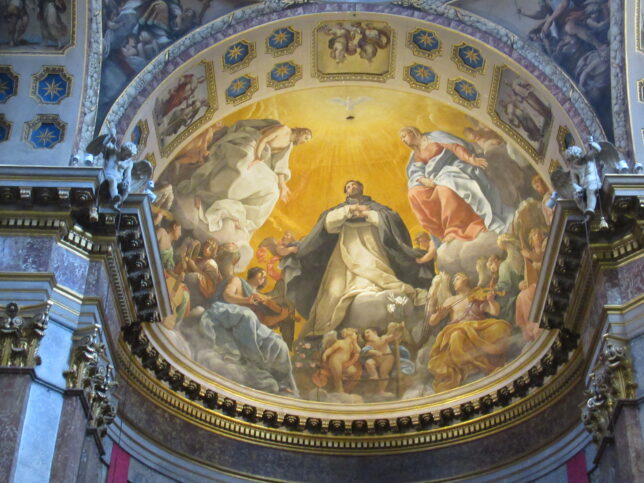




No Comments Yet